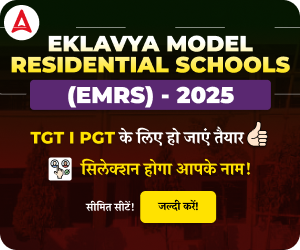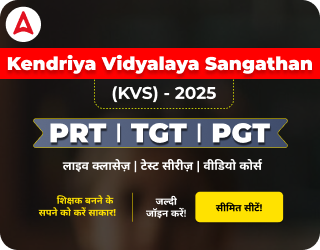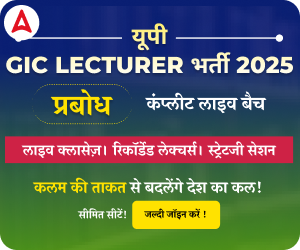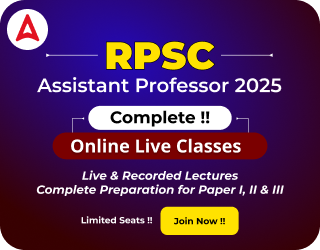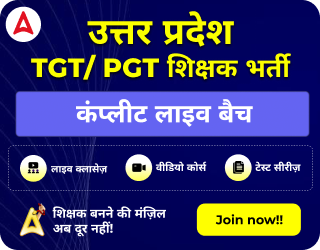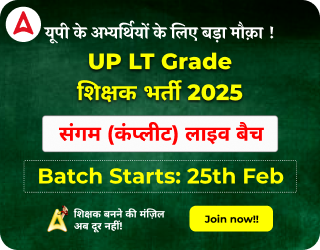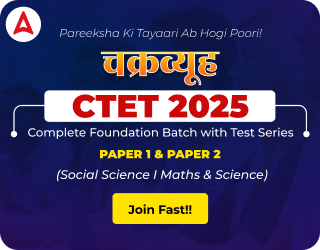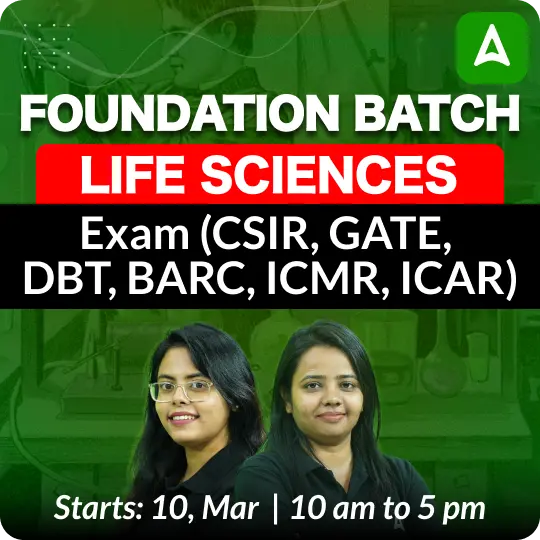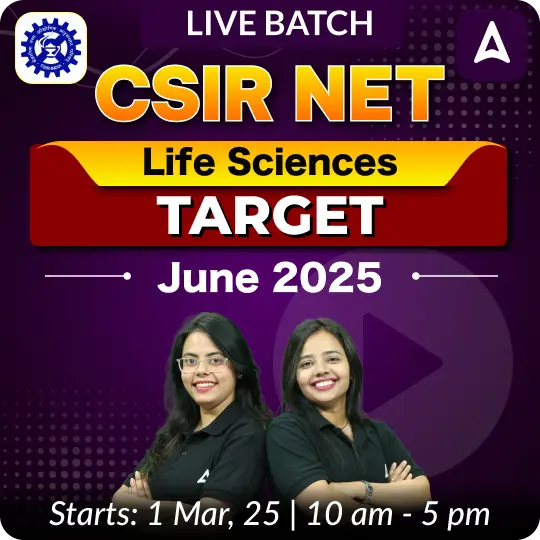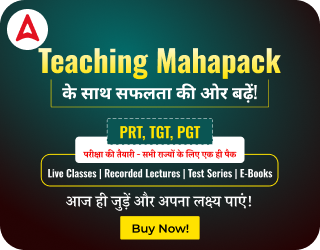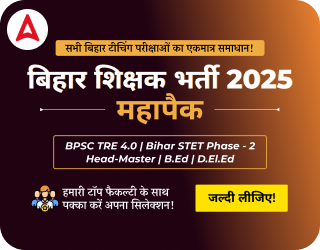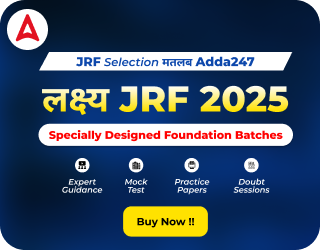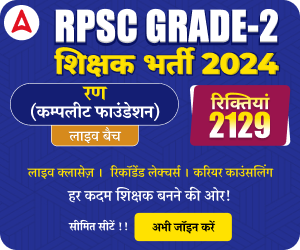Table of Contents
The Railway Recruitment Board (RRB) has announced the official notification for the recruitment of candidates to various teaching positions such as Primary Teacher (PRT), Trained Graduate Teacher (TGT), and Post Graduate Teacher (PGT). Candidates need to understand that the difference between the RRB selection process for PRT TGT & PGT positions is different and depends on the specific requirements of the post.
These roles offer excellent opportunities for candidates aspiring to build a career in the teaching field. Being aware of these variations will help candidates prepare effectively for the recruitment process. In this article, we will discuss the detailed selection process for PRT, TGT, and PGT positions to help candidates understand what to expect and how to prepare.
What is the RRB Teacher Selection Process 2025?
The RRB Teacher Vacancy 2025 assesses candidates in multiple stages aimed at evaluating the candidates’ knowledge, skills, and suitability for teaching roles. It begins with a Computer-Based Test (CBT) that assesses the candidates’ subject knowledge, reasoning ability, and teaching aptitude. After qualifying for the CBT, candidates undergo a Teaching Skill Test or Performance Test, where their practical teaching abilities are evaluated. Following this, Document Verification ensures the authenticity of candidates’ details. The RRB Teacher Selection Process 2025 includes a normalization procedure to adjust scores across different exam sessions. Based on the normalized scores, a cut-off is determined, and candidates who meet the cut-off are placed on the final merit list for selection.
Difference Between RRB Selection Process For PRT TGT & PGT?
The Railway Recruitment Board (RRB) conducts recruitment for Primary Teacher (PRT), Trained Graduate Teacher (TGT), and Post Graduate Teacher (PGT) positions through a distinct and role-specific selection process. While all candidates initially appear for a Computer-Based Test (CBT), the level of syllabus, difficulty, and subsequent evaluations differ for each position. PRT focuses on basic concepts and child pedagogy for primary education, TGT emphasizes subject-specific expertise for middle school levels, and PGT requires in-depth knowledge and advanced teaching methodologies for senior secondary classes.
Candidates must clear a Performance Test/Teaching Skill Test that evaluates their teaching aptitude, lesson planning, and classroom management. Document verification ensures the eligibility of candidates based on their qualifications and other criteria. The process is tailored to assess the skills and expertise required for each role, ensuring candidates are well-prepared for their respective teaching responsibilities.
| Stage | PRT (Primary Teacher) | TGT (Trained Graduate Teacher) | PGT (Post Graduate Teacher) |
| Age Limit | 18 to 48 years with 5% relaxation for reserved categories. | 18 to 38 years with 5% relaxation for reserved categories. | 18 to 48 years with 5% relaxation for reserved categories. |
| Eligibility | Senior Secondary (or equivalent) with 50% marks and a Diploma in Elementary Education (D.El.Ed) or B.Ed. | Bachelor’s degree in a relevant subject with a B.Ed. or equivalent qualification. | Post-graduate degree in the relevant subject with a B.Ed. or equivalent qualification. |
| Class Level | Responsible for teaching classes 1 to 5. | Handles teaching for classes 6 to 8. | Teaches classes 9 to 12 with a focus on specialized subjects. |
| Computer-Based Test (CBT) | Focuses on foundational teaching skills, child pedagogy, reasoning, and general subjects relevant to primary education. | Includes advanced-level subject knowledge and pedagogy required for teaching at middle school levels. | Emphasizes in-depth subject knowledge and teaching strategies relevant to senior secondary classes. |
| Level of Syllabus | Covers basic pedagogical concepts, child development, and general subjects like math, science and languages at an elementary level. | Subject-specific knowledge aligned with high school teaching requirements. | Advanced subject knowledge at the postgraduate level, emphasizing expertise and detailed strategies. |
| Skill Test | Evaluates the ability to create engaging, fun, and age-appropriate lessons for young learners. | Assesses the capability to deliver structured and subject-rich lessons suitable for secondary students. | Tests the ability to teach specialized subjects with depth, clarity, and senior-level academic rigor. |
| Exam Level | Designed to test candidates’ ability to teach at the primary school level effectively. | Tests a more advanced level of teaching competency aligned with secondary education standards. | Focuses on postgraduate-level expertise and the ability to handle complex senior-level academic requirements. |




 UGC NET Application Form 2025 Starts for...
UGC NET Application Form 2025 Starts for...
 Can DELED Qualified Candidates Apply for...
Can DELED Qualified Candidates Apply for...
 KVS Recruitment 2025 Out, Check Kendriya...
KVS Recruitment 2025 Out, Check Kendriya...
